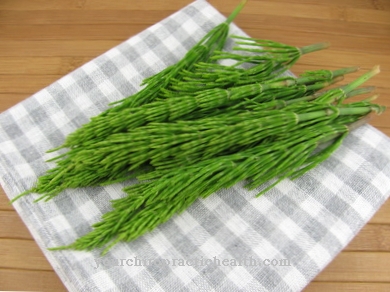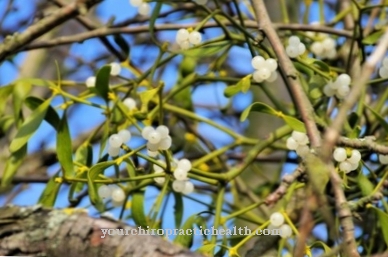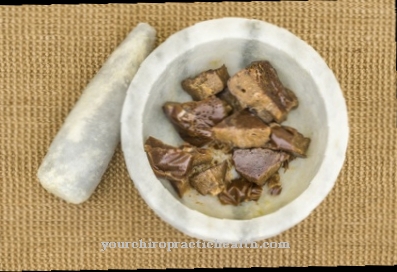Occurrence and cultivation of the white willow

The young branches of the white willow are flexible and have short hairs. Their color is between yellow and brown. In addition, there is thin, silky hair on the top of the leaves. The underside is more densely hairy. The species name comes from the silvery sheen that comes from the leaves.
The heyday of the white willow is between April and May. Their coloration varies depending on gender, with male flowers being yellowish and female flowers between green and off-white. The catkins of the white willow are cylindrical and up to seven centimeters long. The seeds ripen between June and July. Long, white hair helps them to fly and spread.
The distribution area of the white willow runs through almost all of Europe. Scandinavia is an exception. Willow can also be found in North Africa and Central Asia. It occurs in mountain areas of up to 850 meters. Their preferred location is in floodplain areas such as alluvial forests, streams and bank bushes. The preferred soil of the white willow is at times flooded and calcareous. Sandy and gravelly clay soils are just as possible as moderately acidic. Pests that attack the white willow include gall mites.
Effect & application
The white willow is often cut to size as a pollarded willow. In earlier times, people used the willow branches for braiding. Wooden shoes and prostheses are made from the white-gray wood. Cricket bats made of the material can also be found in stores. It is soft, pliable and easy to split. It is also used in the paper industry and is also often sold as firewood in winter.
In addition, the white willow is now used in the field of cosmetics. Here it is used to prevent yellowing in bleached or chlorinated hair. The tree contains tannins, flavonoids, glycosides and salicylic acid, among other things. Because of this, parts of the white willow are also used in medicine. This includes the leaves, catkins and bark of the tree. In herbal medicine there are various areas of application and possibilities.
White willow is used internally or externally in baths, as a tea, conditioner or shampoo. Sitz baths and tinctures are also possible. To make willow bark tea, a heaping teaspoon of the bark is poured over 250 milliliters of cold water and heated. After five minutes, the tea can be strained and drunk. No more than five cups of the tea should be consumed per day.
A lower dose should be used for internal rinsing, while Sitz baths are enriched with correspondingly more willow bark. Additionally, willow bark hair conditioner can be made with a tablespoon of dried leaves and a quarter of a liter of boiling water. After cooling, the mixture is poured through a coffee filter and the decoction is used against dandruff and greasy hair.
Another possible application arises in the production of skin tinctures. Mixed with one teaspoon of comfrey root, one teaspoon of thyme, one teaspoon of rosemary and about 250 milliliters of alcohol, one tablespoon of willow bark can be made into a tincture and used after 14 days of soaking in the sun. Areas of application are skin problems of various kinds.
Willow bark is even used in veterinary medicine. Here it is used to treat wounds and in horses it is also used against internal bleeding and colic.
Importance for health, treatment & prevention
The white willow has a number of positive effects on the human body. It was used against blood spewing as early as ancient times. Dioscorides knew the white willow and was recommended against calluses and hardened skin. It should also help against ear and eye problems. Hildegard von Bingen, however, was not convinced of the effectiveness of the white willow. It is still used in medicine today.
It is diuretic and sweaty and lowers fever. It is also pain reliever and anti-rheumatic. It has a disinfecting and antibacterial effect. It is also said to have anti-inflammatory effects. Because of this, the white willow can be used against colds and flu. It is also recommended for headaches and can permanently reduce fever.
When used externally, the white willow helps against myalgia, arthritis, sciatica and gout. Baths can help relieve discomfort in stiff joints. On the other hand, willow bark should not be used during pregnancy. Children under the age of 12 should not take the tea either, as its effects on children have not been studied in detail. As a rule, willow bark is well tolerated.
However, there may be interactions with other drugs. Therefore, a doctor should be consulted before use. In the case of chronic illnesses, the intake should also be discussed with a doctor. There are no known interactions with the birth control pill. One of the few known side effects is bleeding disorders.








.jpg)



















